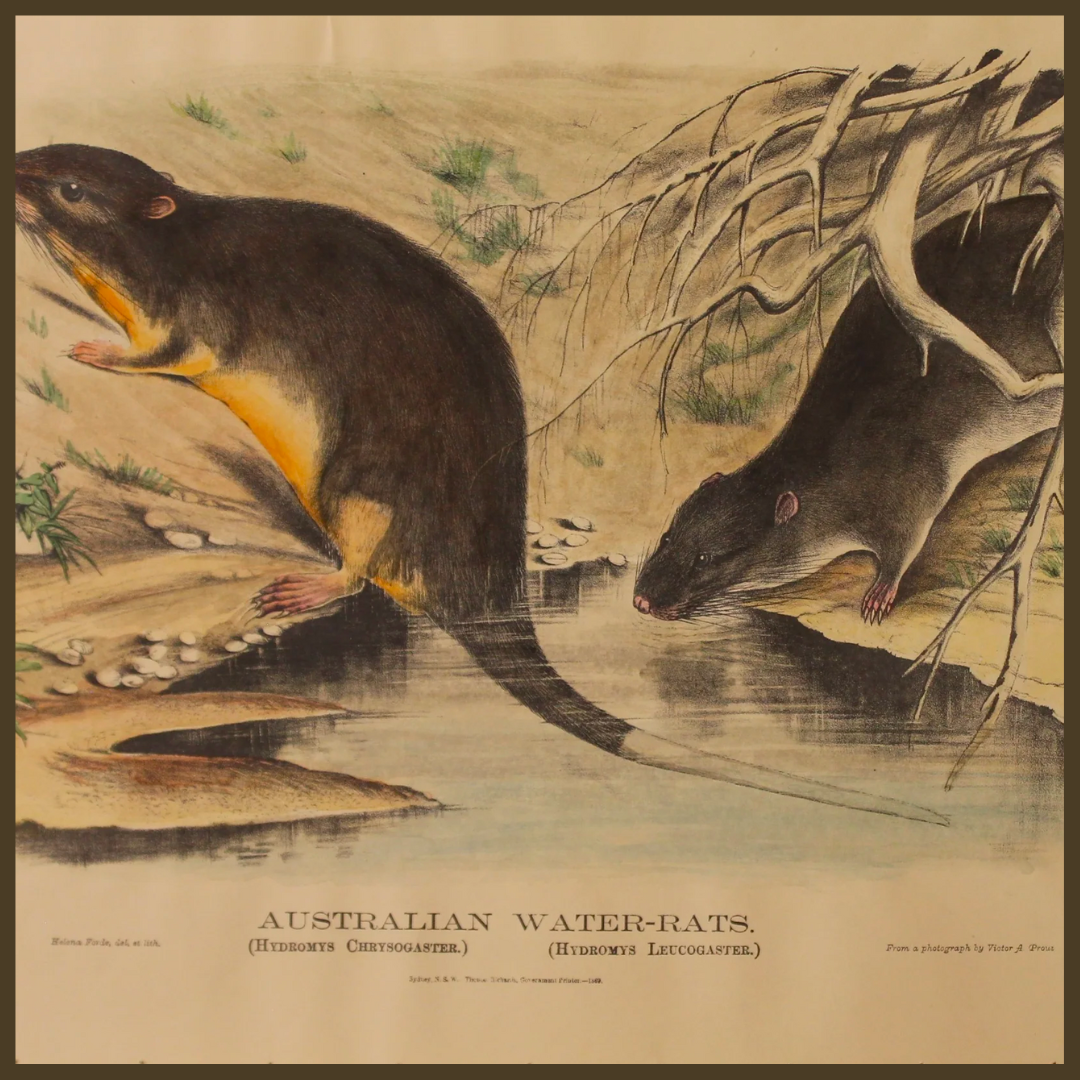
THE HISTORY OF BOTANICALS
Share
The Herbals
The use of plants as medicine predates human written history. Plant samples gathered for prehistoric burial sites are thought to support the claim that the paleolithic people had knowledge of herbal medicine. Medicinal herbs were found in the personal effects of Otzi the Iceman, whose body was frozen in the Otztal Alps for more than 5,000 years.
The 16th and 17th Centuries were the great age of the Herbals, many of them available for the first time in English and other languages rather than just Greek and Latin. Herbal documents were created during the medieval period. Benedictine monasteries were the primary source of medical knowledge during the Early to Middle Ages. There is some evidence that the herbals were utilised with knowledgeable intent.
The Florilegium
The first florilegia began to appear in the late 16th century. Unlike herbals, the florilegia contained little or no text. The plates took precedence with beauty and colour surpassing medicinal utility. As in the finest herbals, the illustrations in florilegia were accurately drawn from nature. Each artist took great care with the arrangement of flowers and plants, often including small animals, birds and insects in their compositions.
The appearance of the florilegium was accompanied by new printing methods of engraving and etching. In wood engraving the raised portion of the block is inked as the parts which were cut away remain blank. With the two forms of metal engraving, it is the sunken parts of the plate that retain the ink after the surface is wiped clean.
The first engravings were done on copper and much later on steel.
The engraver's burin, a pointed steel tool, is used to cut lines in a metal plate. Furrows are filled with the ink before being placed in a high-pressured printing press.
With etching, the plate is given a thin coating of acid-resistant resin. The design is then scratched with a needle into the resin exposing the metal beneath. When the image is completed, the plate is submerged in an acid solution that creates furrows in the exposed lines of metal. After this acid bath, the resin is removed and the printing process proceeds as with engraving.
With the discovery of the Americas and other parts of the globe, many expeditions set sail to explore the wonders of a new world. Naturalists, botanists and artists often accompanied the explorers to record indigenous specimens in their writings and drawings.
Joris Hoefnagel (1542-1600) was a gifted artist with a great understanding of nature. Many manuscripts created by Hoefnagel for his royal benefactors, were embellished with naturalistically drawn figures of plants and flowers.
Jacques Le Moyne de Morgues (c1533-1583), a cartographer and painter, was well known for his account of events on a French expedition to Florida in 1564. Flemish by birth, he eventually settled in England, where he met Lady Mary Sidney who became his patron and made it possible for Le Moyne to concentrate on the study and drawing of plants. In 1586 he published the florilegium, La Clef des Champs, illustrated with woodcuts of English plants and fruits. A group of outstanding watercolours similar to those in this florilegium, are in the collection of the Victoria and Albert Museum.
Botanical Books of the Seventeenth and Eighteenth Centuries
Basilus Besler ((1561 – 1629) of Nurenberg’s complete work, Hortus Eystettensia of 1613, was a magnificent pictorial document of the flowers grown in the greatest German Garden of the Prince - Bishop of Eichstatt. These meticulous illustrations are organised according to the four seasons. The whole collection is regarded as one of the finest treasures of botanical literature.
Most of the engravings of this time were engraved on copper and then printed and later hand coloured.
Maria Sybilla Merian (1647-1717), though best known for her entomological masterpiece Metamorphosis Insectorum Surinamensium published in 1705 in Amsterdam, was also one of the finest botanical artists of the time. Her Neues Blumen Buch (1680) is illustrated with charming hand-coloured engravings of the most popular garden flowers.
Other botanical works of note, produced in the early eighteenth century included Nurnbergische Hesperides, published in Nuremberg in 1708 by Johann Christoph Volckamer (1644-1720), which was most probably inspired by Giovanni Ferrari’s (1584-1655) Hesperidis, printed in Rome in 1646. Ferrari’s decorative depictions of various species of citrus fruits are arranged against a blank background, whereas Volckamer’s renderings of citrus fruits float above gardens, small villages and palaces in Germany, Austria and Italy.
Johann Jacob Dillenius (1687-1747) was noteworthy for the drawings and etchings illustrating his Hortus Elthamensis (1732). Johann Wilhelm Weinmann (1683-1741) produced Phytanthoza Iconographia, another vast botanical publication printed in Augsburg from 1735-1745, with 1025 copper engravings depicting over 4000 figures of plants, printed in colour and finished by hand.
Another popular work by Mrs. Elizabeth Blackwell (c 1700-1758), with the refreshing title A Curious Herbal, was published in London from 1737 to 1739 with her own drawings and engravings.
Beginnings of Modern Classification
Illustrated treatises on natural science now began to appear regularly. They reflect the curiosity of naturalists, botanists and artists captivated by the discoveries made by explorers returning from overseas. In this connection, the Swedish botanist and taxonomist Carolus Linnaeus (1707-1778), the founder of modern scientific classification, published his Genera Plantarum in 1737. It described plants in terms of their gender and species. In his lifetime, Linnaeus published more than 180 works and established a system of taxonomy which prevailed throughout the world for nearly three centuries.
References: Jutta Buck with Cynthia Rice
Wikipedia
Related Tag: Antique Botanical Prints



